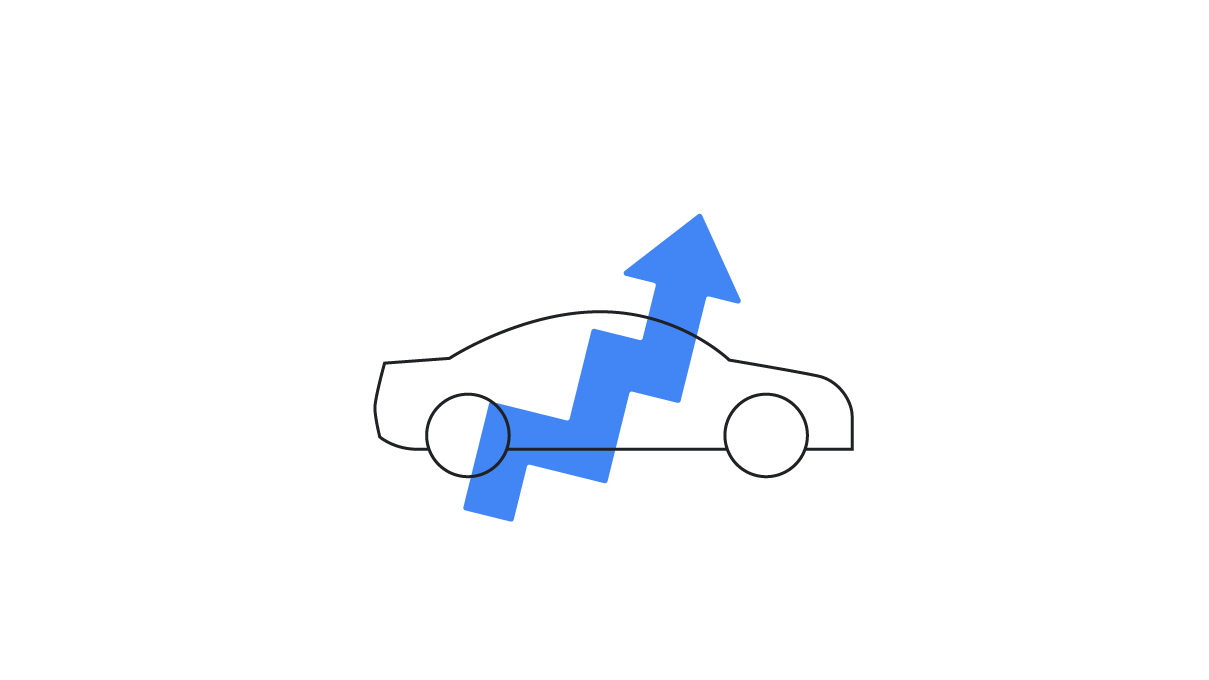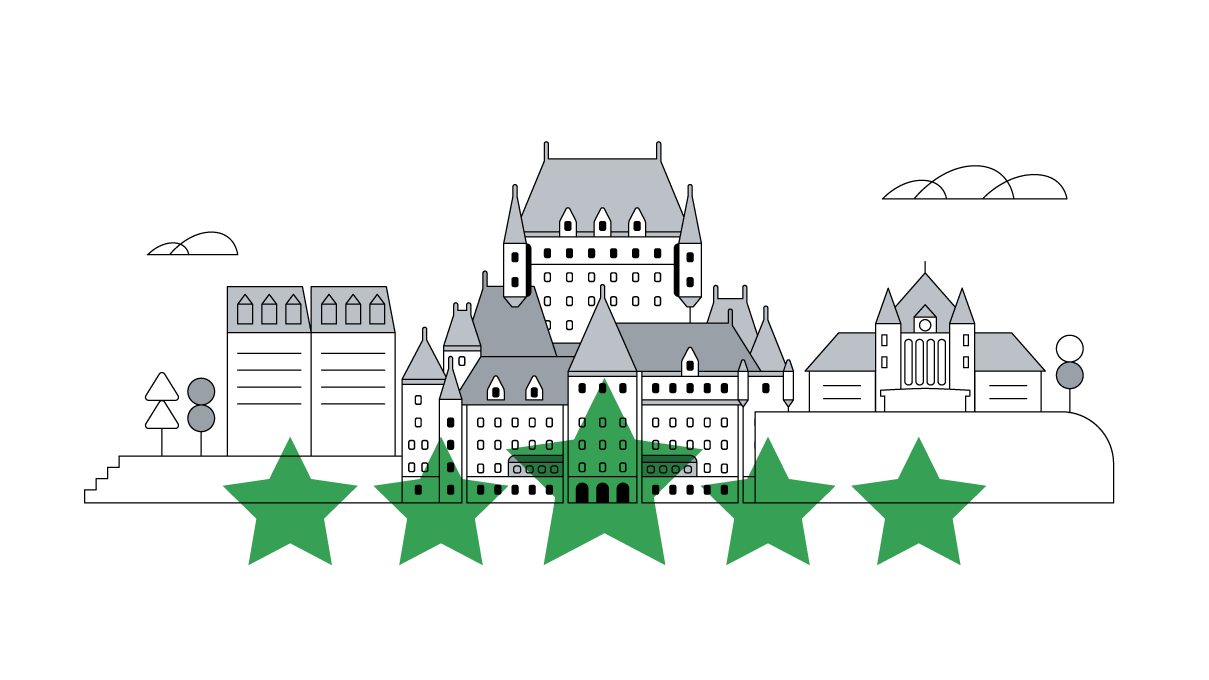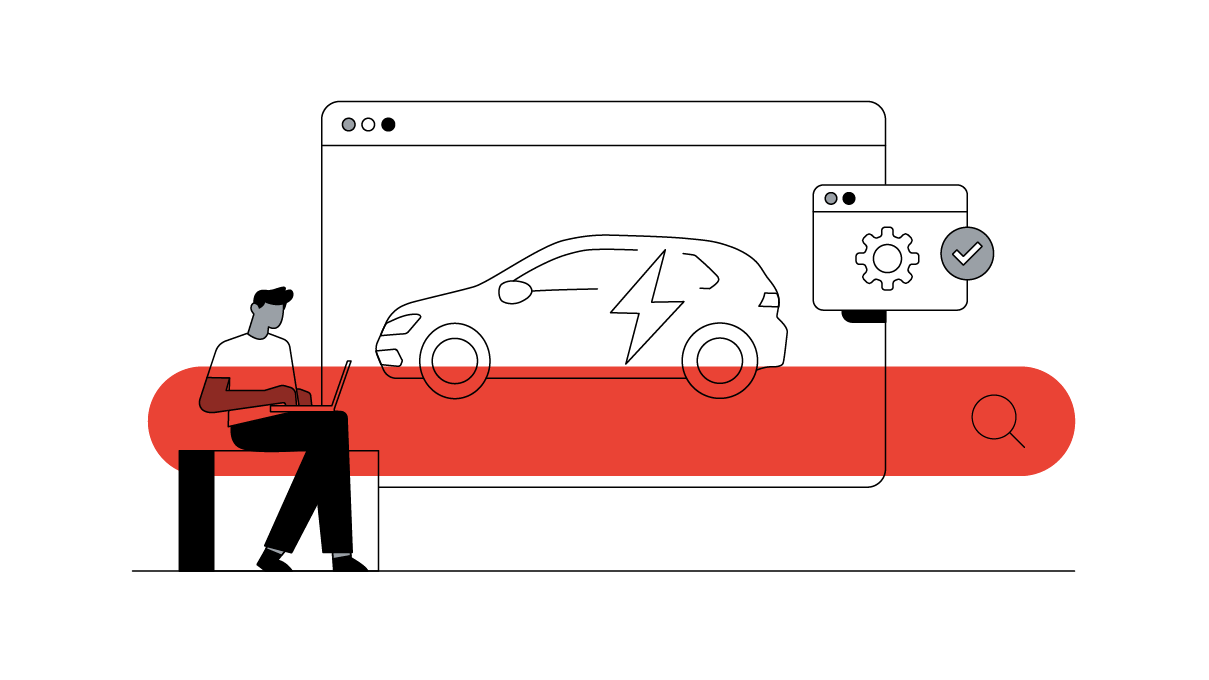Imagine you’re in the market to buy a new car. Where would you start? You might search for a particular vehicle, watch an ad online, or read a review. All of these actions are important, and indicate to a car company that they have the opportunity to reach you as a potential customer throughout your shopping journey.
Like many car manufacturers, Hyundai Canada had a wide range of information to work with, but it was disconnected and siloed. While there was a level of understanding of their customers across the shopping journey, Hyundai struggled to deliver the right message to the right shopper, at the moment it mattered most.
“We had all of the data but in different places and on different platforms, making it really tough to get a single view of the customer,” said Lawrence Hamilton, Director of Marketing for Hyundai Canada.
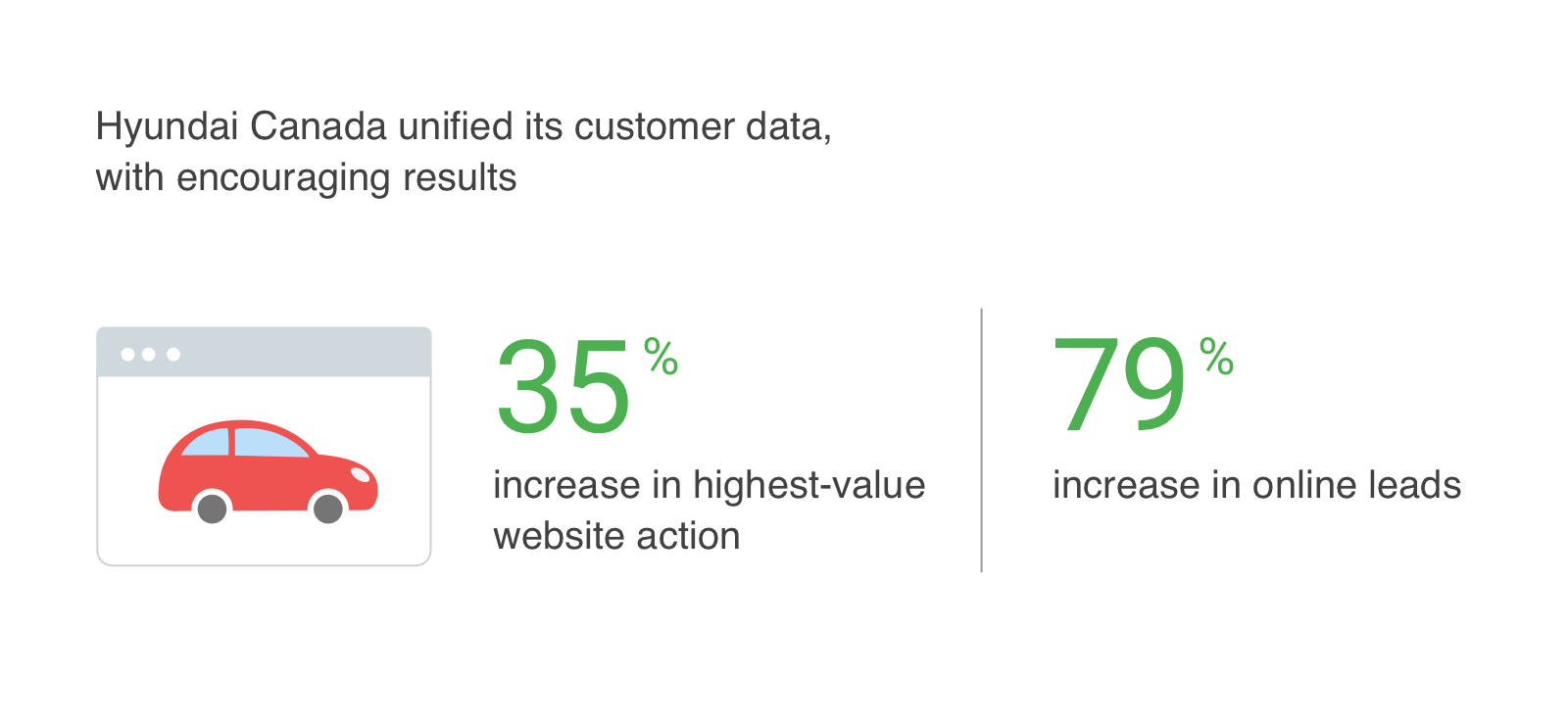
So they decided to make a strategic shift, and consolidate all of their customer data into one central technology platform. In 2018, Hyundai Canada became the first among global Hyundai markets to fully embrace the Google Marketing Platform — aligning ad server, media buying platform and analytics — allowing them to build one holistic view of their customer.
This strategy led to a 35% increase in Build and Price, the highest-value action on Hyundai’s website, a 79% increase in online leads, and a 3% YoY increase in retail sales in 2018 despite a sales downturn across the industry. Here’s how they did it.
1. Break down the silos
Hyundai Canada started by connecting siloed data to understand who their customers were, and what those customers needed to make an informed decision.
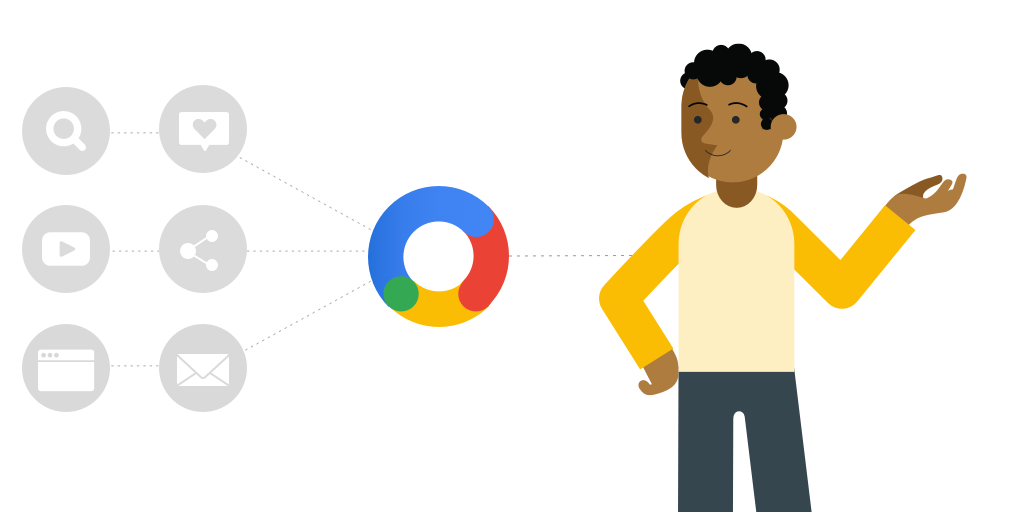
They began by leveraging the Google Marketing Platform to aggregate this information under a unified technology solution. That way, they could understand their customer's journey and reach them with more relevant and personalized experiences. Hyundai could then see that a potential customer who searched for a Kona SUV, for example, was the same person who visited hyundaicanada.com and subscribed to an email list.
“In the past, we were limited in our ability to identify whether a customer was researching, shopping, or ready to buy,“ said Spiro Paravantes, VP of Media Operations at Hyundai’s agency Innocean. “By moving toward one single source of truth in one digital platform, we were able to reach them with the right message depending on where they were at in their journey.”
2. Invest in the most valuable customers
With a more complete view of potential customers, the team focused on connecting with the most valuable of those: the ones who were most likely to buy a Hyundai vehicle. In doing so, they were also able to shift resources away from customers who were unlikely to choose a Hyundai.
“We learned through this process when is the right time to talk to a potential customer, and when is the right time not to,” Paravantes said.
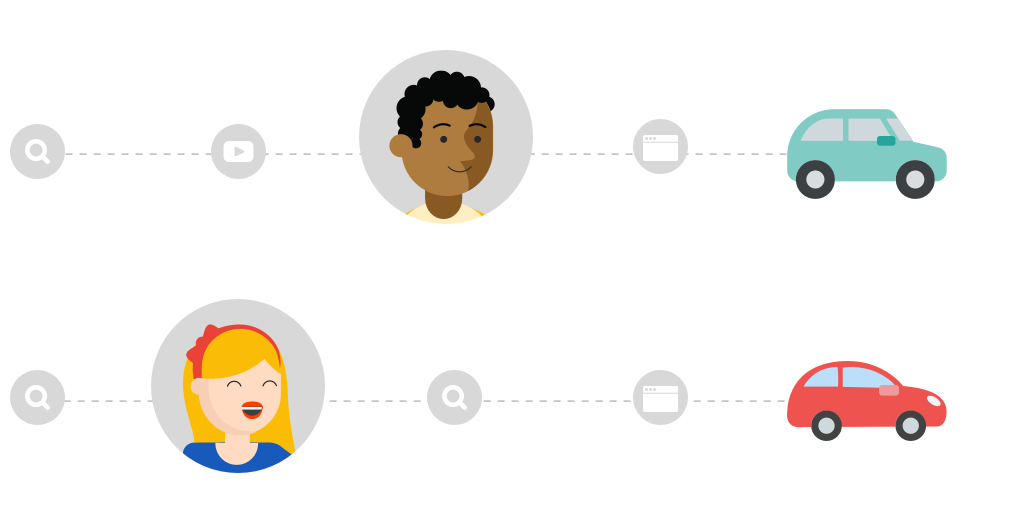
If a potential customer had already been exposed to a brand message, for example, or was identified as having recently bought a vehicle, Hyundai could divert their spend to increase their relevance to the right customers.
By segmenting their audience this way, Hyundai was able to reduce waste by doubling down on its most valuable customers rather than marketing to everybody. Their resulting uptick in sales was complemented by a 26% decrease in Build and Price cost-per-acquisition in 2018.
3. Find the right touchpoints
Using Google Analytics, the team evaluated the many different touchpoints that contribute to a customer's final decision to determine which were driving the best results.
They evaluated all of them objectively — from a potential customer who read an email, watched a video, or searched for details on a specific car. Hyundai learned that expanding their strategy to include more upper-funnel tactics, such as online video, didn’t mean sacrificing lower-funnel results.
“We’re learning every day about which touchpoints are most valuable, and we’ve been a lot more multichannel than we have in the past.”
“We’re learning every day about which touchpoints are most valuable, and we’ve been a lot more multichannel than we have in the past,” Hamilton said. “It’s proved to be working in terms of a full-funnel strategy lowering the cost-per-acquisition for us.”
Going forward, Hyundai’s ambition is to connect the entire customer journey, to see that this new strategy continues to drive impact at the dealership. It will involve full participation of their dealers in order to further connect their online and offline data.
“Our journey and our data only goes so far in terms of customer behaviour patterns once they enter the dealership” Hamilton said. “Aligning closely with our dealers, sharing this data collectively, and seeing how it all ties together really is the next big step for us.”
